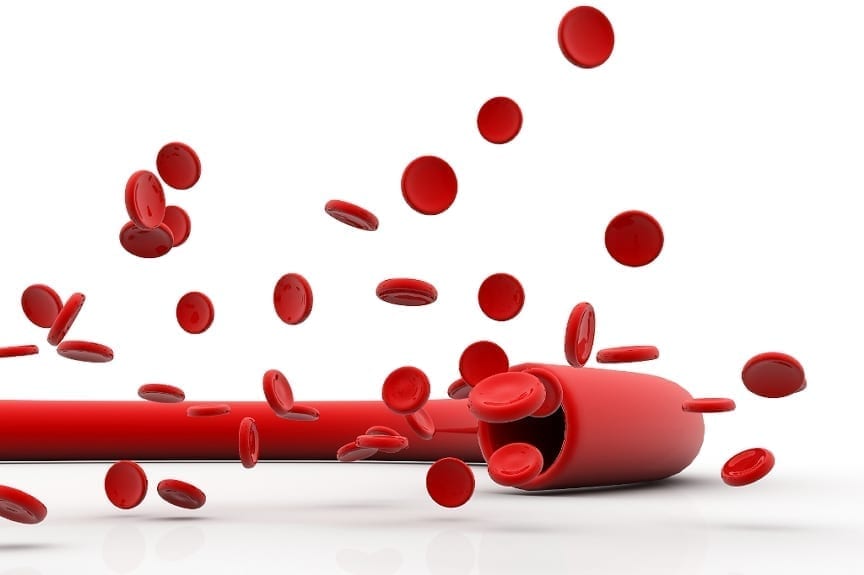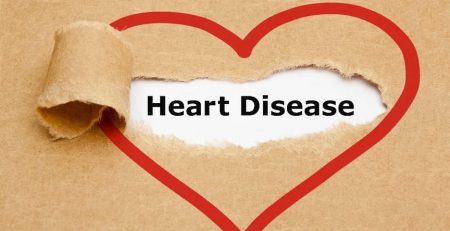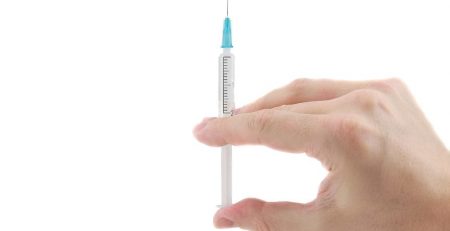3D Printed Blood Vessels
One of my favorite blog topics is the cool stuff that scientists are doing with 3D printing. I am sure it is not going to be long before organs and other items are going to be printed using our own DNA and organs will be replaceable and rejection drugs a short inconvenience. At the end of the article, check out the links to the other previous blogs about this subject.
I like this blog even more because it is one of our local hospitals here in Massachusetts who we have had the pleasure to do business with and have certainly made some visits to. It is exciting to know such great things are going on so close.
The team at Brigham and Woman’s hospital has made blood vessels using a 3D bioprinter. While tissue engineering and the use of 3D printers is increasing every day, the manufacturing of vascular networks has been slower.
Brigham and Woman’s team of awesome tissue engineers printed a blood vessel made of agarose fibers. The agarose fibers were then covered in a hydrogel precursor substance. The agarose fibers are material extracted from seaweed and one of the two primary environments in agar. The patent for hydrogel describes it as “The dehydrated precursor-based hydrogels may be used as sealants for fluid leaks from tissue, as adherent drug delivery depots, as means for augmenting and/or supporting tissue, and as means for serving a variety of other useful medical and surgical purposes.”
After the blood vessels were photo cross-linked which in basic principles is exposing the items to ultraviolet light and forming cross-links. This will bind the DNA and membranes. Afterward, the blood vessel template is removed which helped to form the physical structure of the blood vessel. The micro-channels that were formed by the template were then bonded with hydrogel also improves cell transport and cell viability. The microchannels were able to embedded in multiple networks and proved that monolayers of endothelial cells formed within the microchannels successfully,
3D printing of organs and blood vessels is obviously part of the future. The questions is just how far in the future.
by Dante Boyer












